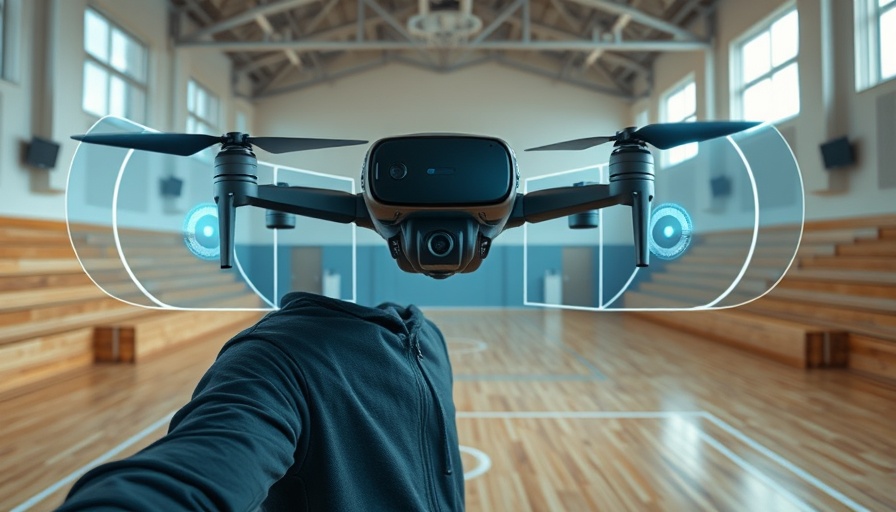
Revolutionizing Brain-Computer Interfaces
A groundbreaking development in neuroscience has emerged with the successful demonstration of a brain implant that allows a paralyzed man to control a drone using only his thoughts. This innovative technology opens up an exciting frontier in the field of brain-computer interfaces (BCIs), showcasing the potential for users to regain a sense of autonomy in virtual environments.
The Mechanism Behind the Marvel
The success of this brain implant lay in its design—a surgically placed device with 192 electrodes in the left precentral gyrus of the patient's brain, corresponding to finger movements. Unlike noninvasive methods, this approach allows for accurate readings from neurons, significantly enhancing the user's ability to execute precise actions through a virtual interface.
Enhancing Quality of Life and Play
While many advancements focus on restoring essential functions like mobility or self-care, this technology represents an important step toward enriching recreational options for individuals with disabilities. Co-author Jamie Henderson highlights that activities like gaming and social interactions can play a crucial role in overall well-being, fostering a sense of connection that is often overlooked.
Future Implications for User Interaction
As this technology evolves, it might lead to further enhancements in virtual experiences for those with mobility impairments. Imagine controlling an advanced flight simulator or engaging with others in multiplayer scenarios—a reality that the current research hints at. This approach not only revitalizes a sense of purpose and enjoyment but also opens doors to creative expression through digital platforms.
A New Perspective on Independence
The 69-year-old patient at the center of this innovation, a former aeronautics enthusiast, epitomizes the hope that such advancements bring. His successes could soon translate to newfound opportunities not just for him but potentially for countless others facing similar challenges, redefining the future of entertainment and interaction for individuals with severe disabilities.
 Add Row
Add Row  Add
Add 
 Add Element
Add Element 

Write A Comment